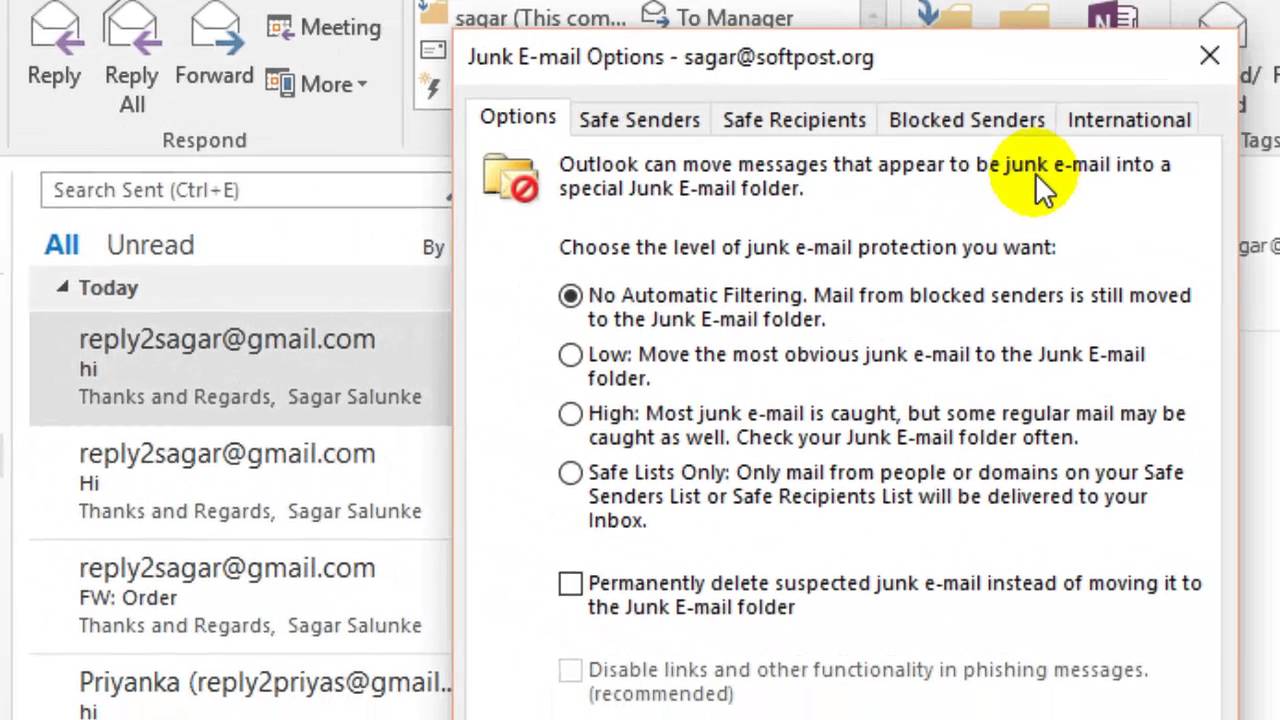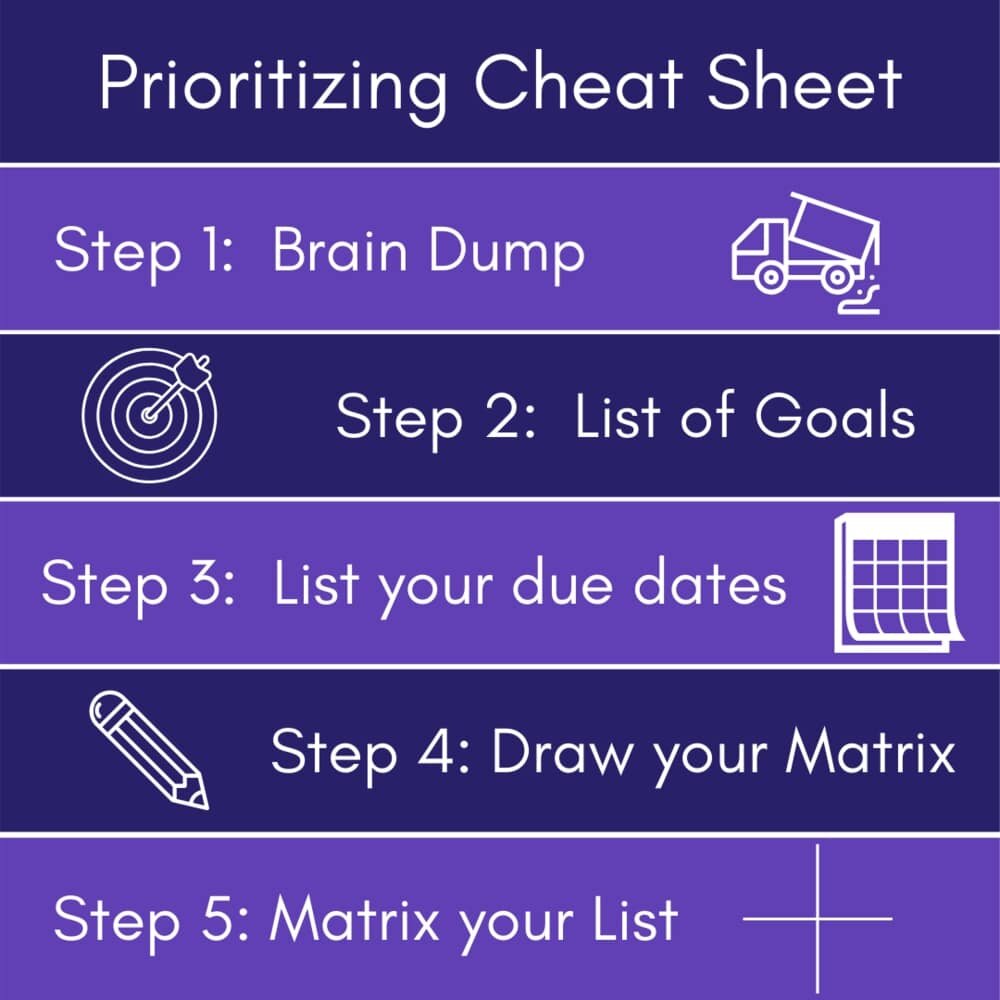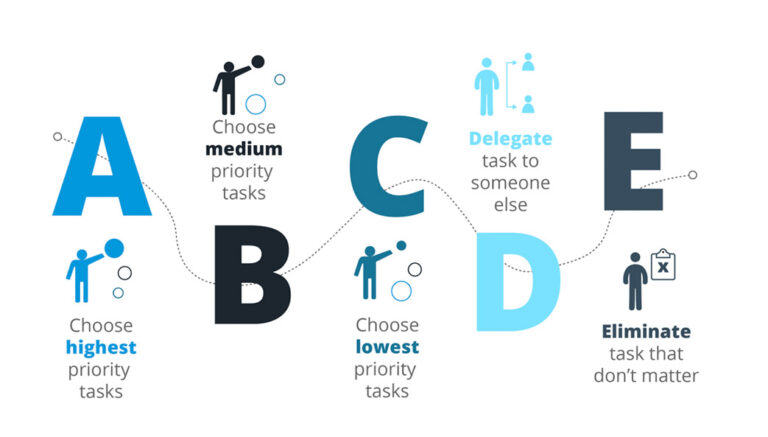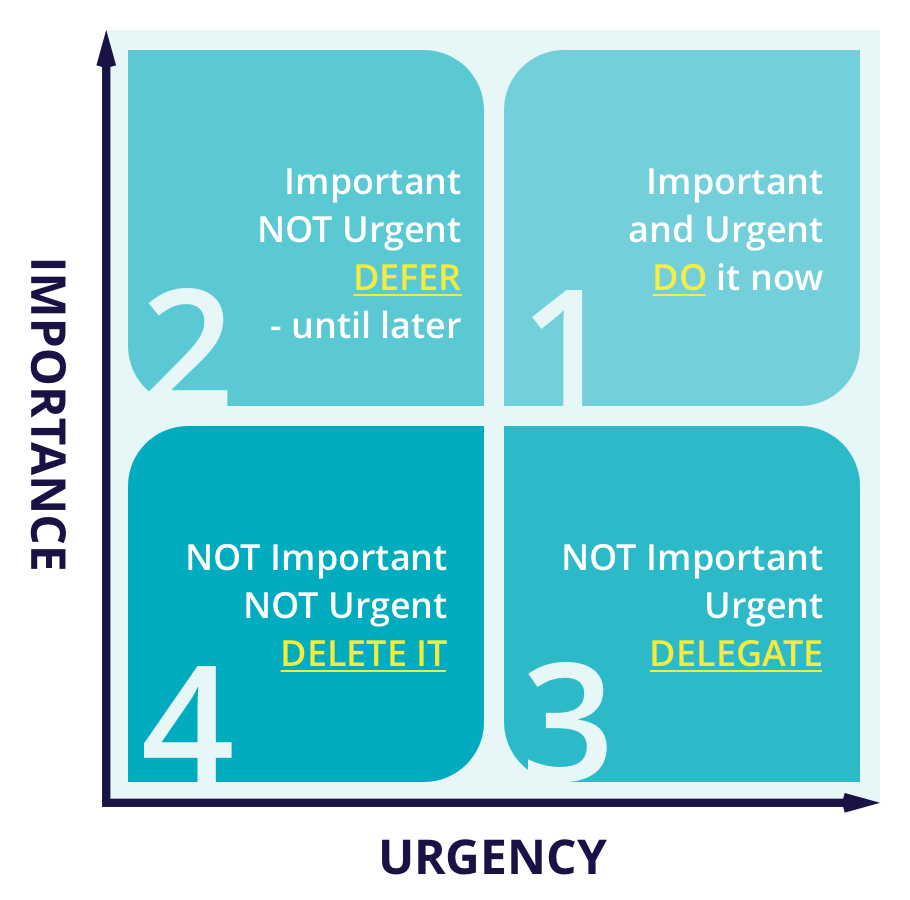3 Ways to Whitelist and Prioritize

In today's fast-paced digital world, effective communication is key to success. With countless messages and notifications vying for our attention, it's essential to ensure that important emails, updates, and alerts stand out and reach their intended recipients promptly. This is where whitelisting and prioritization come into play, offering powerful strategies to streamline communication and enhance productivity.
Whitelisting is a powerful technique that allows specific senders or domains to bypass email filters, ensuring their messages are delivered directly to the recipient's inbox. By implementing whitelisting, organizations can guarantee that critical information, such as important updates, security alerts, or time-sensitive notifications, reaches the right people without delay. This ensures a seamless flow of communication, enabling swift action and informed decision-making.
Additionally, prioritizing messages based on their relevance and urgency further optimizes communication. By assigning different levels of importance to emails, organizations can highlight critical information, ensuring it stands out amidst the daily deluge of messages. This not only helps recipients focus on the most vital tasks but also enhances overall productivity by enabling a more efficient workflow.
1. Understanding the Importance of Whitelisting

Whitelisting is a vital aspect of email communication, ensuring that trusted senders and domains are recognized and their messages delivered reliably. It plays a crucial role in maintaining secure and efficient communication channels. When implemented effectively, whitelisting offers numerous benefits, including:
- Reduced email filtering: Whitelisted senders bypass email filters, ensuring their messages are not mistakenly marked as spam or junk.
- Improved email deliverability: By adding trusted senders to a whitelist, organizations can increase the likelihood of their emails reaching the intended recipients' inboxes.
- Enhanced communication reliability: Whitelisting guarantees that important emails, such as security updates, critical notifications, or time-sensitive information, are promptly delivered, enabling timely action.
- Streamlined communication management: With whitelisting, organizations can prioritize communication from specific senders, ensuring that crucial messages are not lost amidst the daily influx of emails.
Implementing a Successful Whitelisting Strategy
To maximize the benefits of whitelisting, organizations should consider the following steps:
- Identify trusted senders: Compile a list of reputable senders and domains that consistently deliver valuable and relevant content.
- Configure email filters: Set up email filters to automatically whitelist the identified senders, ensuring their messages bypass spam filters.
- Regularly review and update: Periodically assess and update the whitelist to accommodate new trusted senders and remove any outdated or irrelevant entries.
- Educate users: Provide guidance and training to employees on the importance of whitelisting and how to effectively manage their own email filters.
2. Prioritization: Elevating Important Messages

Prioritization is a powerful tool to ensure that crucial messages stand out and receive the attention they deserve. By assigning different levels of importance to emails, organizations can effectively manage communication flow and enhance productivity. Prioritization offers several advantages, including:
- Focused attention: Prioritization highlights critical messages, ensuring they are not overlooked amidst the daily influx of emails.
- Efficient decision-making: By prioritizing emails based on their urgency and relevance, recipients can quickly identify and address the most pressing tasks.
- Improved response times: Prioritization enables swift action on time-sensitive matters, leading to faster resolution and enhanced overall efficiency.
- Enhanced collaboration: Prioritizing messages based on their importance facilitates better collaboration within teams, as key information is easily identifiable and accessible.
Strategies for Effective Prioritization
To maximize the benefits of prioritization, consider the following strategies:
- Implement a clear prioritization system: Establish a standardized system for categorizing emails based on their urgency and relevance.
- Automate prioritization: Utilize email filters or productivity tools to automatically prioritize messages based on predefined criteria, such as sender, subject, or content.
- Educate and train users: Provide guidance to employees on the prioritization system and its benefits, ensuring consistent and effective implementation.
- Regularly review and refine: Periodically assess the prioritization system to ensure it remains relevant and aligned with the organization's evolving needs.
3. Combining Whitelisting and Prioritization for Optimal Results
When used together, whitelisting and prioritization can deliver exceptional results, enhancing communication efficiency and productivity. By combining these strategies, organizations can:
- Ensure reliable delivery of critical messages: Whitelisting guarantees that important emails from trusted senders reach their intended recipients promptly, while prioritization highlights these messages, ensuring they are not overlooked.
- Streamline communication management: By prioritizing messages from whitelisted senders, organizations can efficiently manage communication flow, focusing on the most vital tasks.
- Enhance productivity and decision-making: The combination of whitelisting and prioritization enables swift action on critical matters, leading to improved productivity and more informed decision-making.
- Foster a culture of efficient communication: Implementing whitelisting and prioritization demonstrates a commitment to effective communication, encouraging a culture of efficiency and responsiveness.
Real-World Success Stories
Numerous organizations have successfully implemented whitelisting and prioritization strategies, reaping significant benefits. Here are a few examples:
- A leading technology company reduced email filtering issues by 80% after implementing a comprehensive whitelisting strategy, ensuring critical security updates and notifications were promptly delivered to employees.
- A healthcare organization improved response times by 25% through the implementation of an automated prioritization system, enabling faster action on patient-related matters and enhancing overall patient care.
- A global financial institution enhanced collaboration among its teams by implementing a prioritization system based on project urgency and relevance, facilitating efficient communication and decision-making.
These success stories highlight the tangible benefits of whitelisting and prioritization, demonstrating their potential to revolutionize communication management and enhance productivity.
| Strategy | Key Benefits |
|---|---|
| Whitelisting | Reduced email filtering, improved deliverability, enhanced communication reliability, streamlined management |
| Prioritization | Focused attention, efficient decision-making, improved response times, enhanced collaboration |

How do I whitelist specific senders or domains in my email client?
+The process of whitelisting may vary depending on your email client. Generally, you can find the option to whitelist senders or domains in your email settings or preferences. Look for features like “Trusted Senders,” “Safe Senders,” or similar options. Add the desired senders or domains to the whitelist, ensuring their messages bypass filters.
What are some best practices for prioritizing emails effectively?
+To prioritize emails effectively, consider the following best practices:
- Develop a clear and consistent prioritization system: Use labels, categories, or tags to organize emails based on their urgency and relevance.
- Automate prioritization: Utilize email filters or productivity tools to automatically prioritize messages based on predefined criteria.
- Regularly review and update: Periodically assess and refine your prioritization system to ensure it remains relevant and aligned with your needs.
- Educate and train users: Provide guidance to ensure consistent implementation and understanding of the prioritization system.
Can whitelisting and prioritization be implemented together for better results?
+Absolutely! Combining whitelisting and prioritization can deliver exceptional results. Whitelisting ensures that important messages from trusted senders are reliably delivered, while prioritization highlights these messages, ensuring they receive the attention they deserve. Together, these strategies enhance communication efficiency, productivity, and decision-making.


